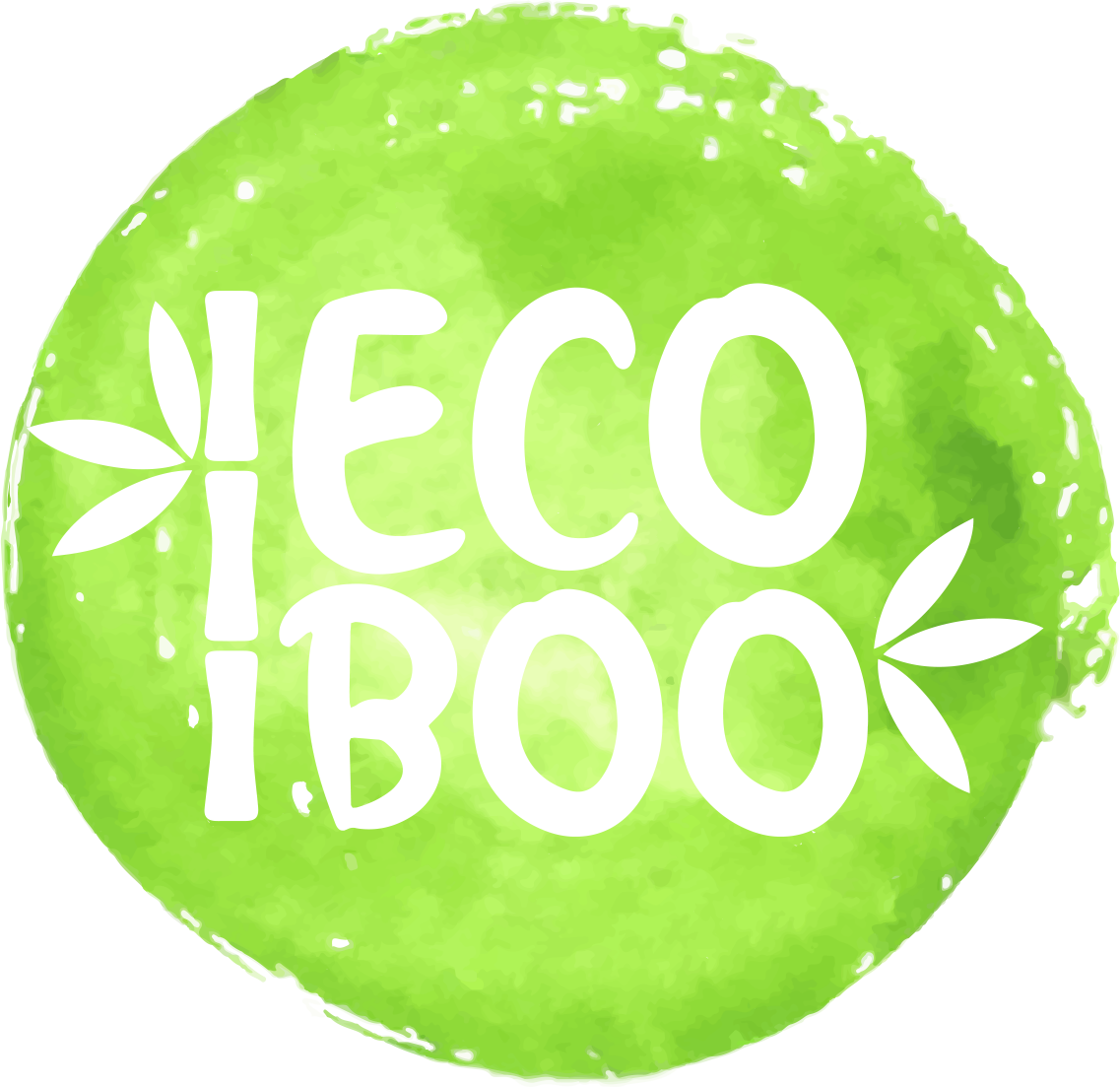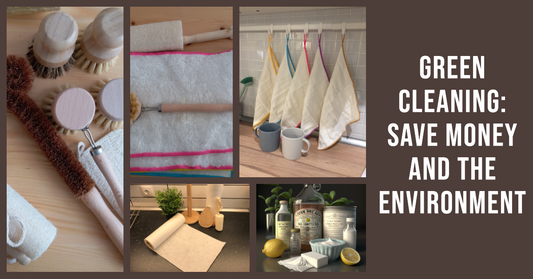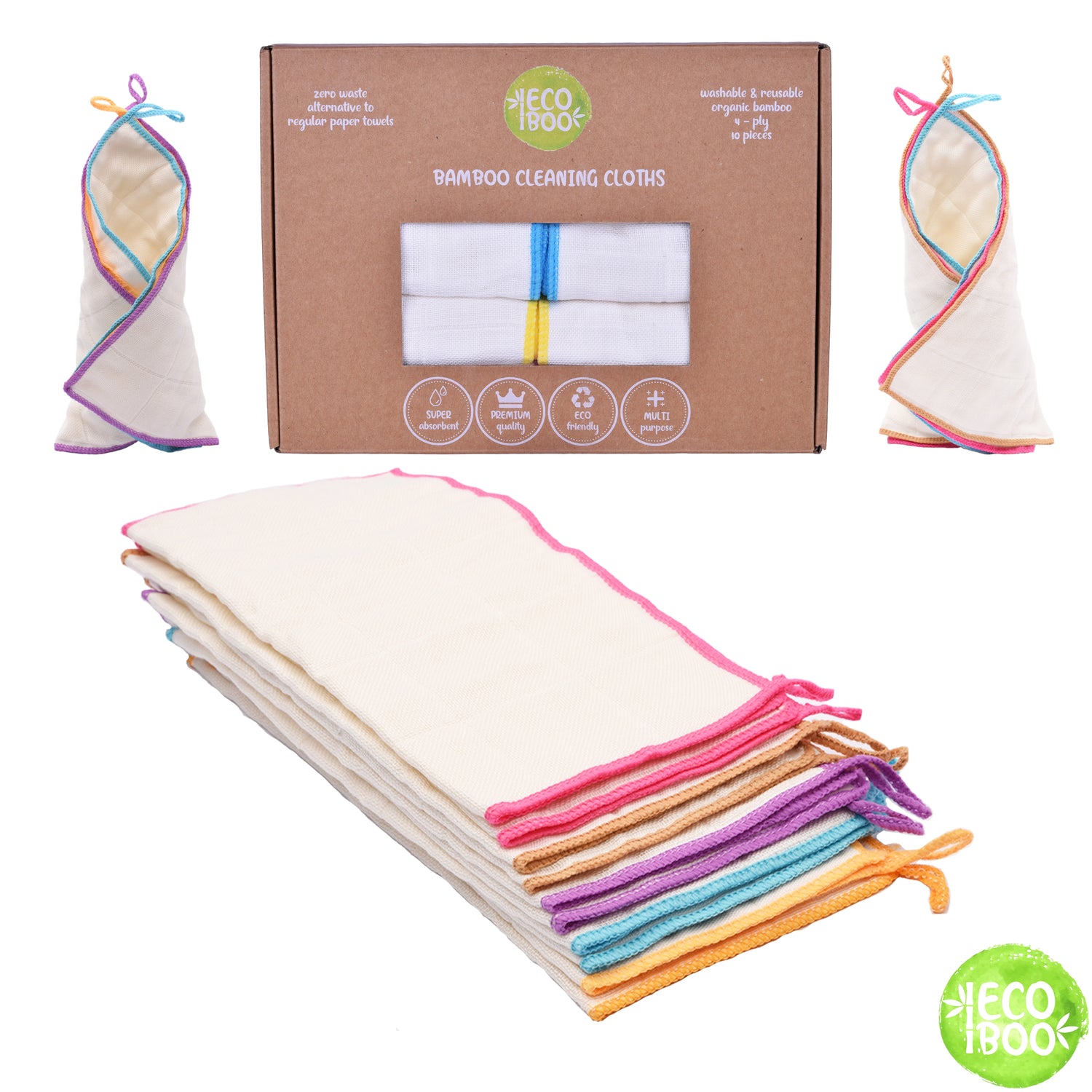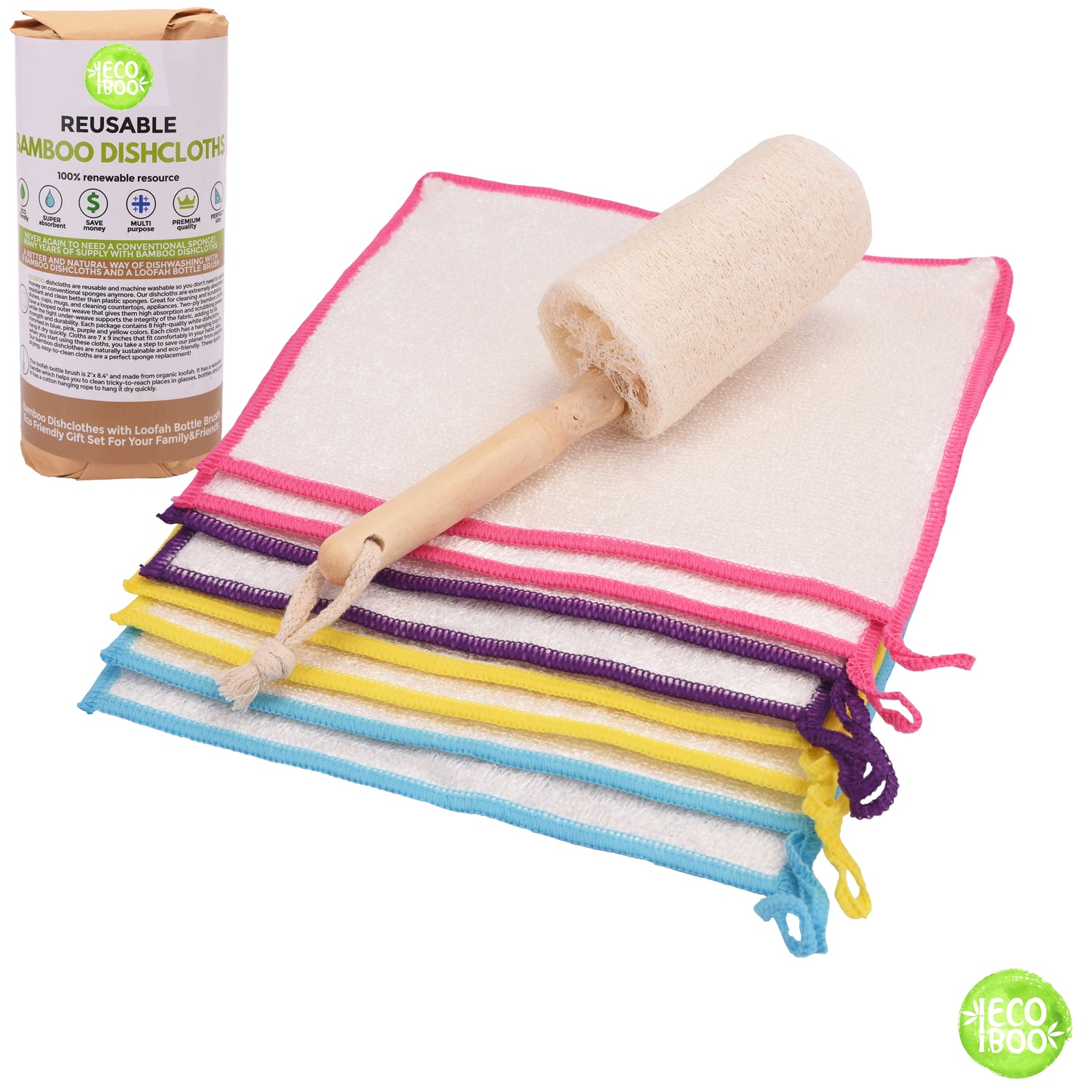I. Introduction
In today's modern world, single-use plastics have become nearly ubiquitous, with cleaning products being no exception.
From dishwashing liquid bottles to the packaging of laundry detergents, the prominence of disposable plastics in our cleaning regimen is hard to overlook.
Yet, there's an irony that lies at the heart of these products.
While they promise a cleaner, shinier, and germ-free environment, they simultaneously contribute to a problem that's anything but clean: the growing menace of plastic pollution.
This presents us with a glaring paradox: as we aim to clean our homes, are we inadvertently contributing to the dirt and degradation of our planet?
II. The Lifecycle of Single-Use Plastic
Raw Material Extraction
The genesis of single-use plastics starts with raw material extraction, predominantly oil drilling.
Oil extraction not only disrupts local ecosystems but also often leads to devastating spills, threatening marine life and polluting waters.
Plastic Production
Once extracted, the raw materials undergo several processes to transform into plastics.
These processes are energy-intensive and result in significant emissions of greenhouse gases, contributing directly to global warming and the ongoing climate crisis.
Transportation
With production complete, these plastics are then transported globally.
The transportation phase, dominated by fuel-guzzling trucks and ships, adds to the carbon footprint of every plastic item we use.
End of Life
Perhaps the most disheartening phase in the life of single-use plastics is their end.
A staggering amount of these plastics end up in landfills which can take centuries to degrade.
Incineration, while reducing the physical space the waste occupies, releases toxic chemicals into the air.
Furthermore, only a few plastics get recycled, rendering the majority as persistent environmental pollutants.
III. Plastics in the Oceans

Great Pacific Garbage Patch
Situated between Hawaii and California, the Great Pacific Garbage Patch is a swirling mass of plastic debris, spanning an area twice the size of Texas.
This vortex, one of the many around the world, symbolizes the colossal impact of our disposable culture on the world's oceans.
Impact on Marine Life
The consequences of plastic pollution in the oceans are dire for marine life.
Creatures, large and small, often mistake plastics for food, leading to ingestion.
This not only threatens their lives due to blockages but also introduces toxic chemicals into their systems.
Larger animals, like whales and turtles, are also at risk of entanglement in larger plastic debris, leading to injury or death.
Moreover, these plastics disrupt marine habitats, altering the natural balance of these ecosystems.
Microplastics: The Unseen Threat
Beyond the visible plastic debris lies an even more insidious threat: microplastics.
These tiny fragments, often smaller than 5mm, are manufactured at this size for products like exfoliants or result from the breakdown of larger plastics.
Easily ingested by marine life and even found in the air we breathe, these particles permeate ecosystems, posing a threat to animals and potentially to human health.
IV. Impact on Human Health

Chemicals in Plastics
While plastic products have been integrated into almost every aspect of our lives, they come with an assortment of chemicals that raise significant health concerns.
Bisphenol A (BPA) and phthalates, commonly found in plastics, have been linked to hormonal disruptions, reproductive issues, and an increased risk of certain cancers.
Children, due to their still-developing bodies, are particularly vulnerable to these harmful chemicals.
Microplastics in the Food Chain
The threat of plastics isn't limited to the oceans and marine life.
Microplastics, after being ingested by smaller marine creatures, make their way up the food chain.
When larger fish consume these smaller creatures, the concentration of microplastics increases.
Ultimately, these contaminated fish can end up on our plates, leading to the potential ingestion of microplastics by humans.
The long-term health implications of this ingestion are still under research but are undoubtedly a growing concern.
V. The Financial Implications
Cost of Cleanup Projects
The vastness of plastic pollution demands large-scale cleanup operations.
These projects, ranging from beach cleanups to open ocean operations like those targeting the Great Pacific Garbage Patch, come with staggering costs.
As plastic pollution continues to grow, these costs are only expected to rise.
Economic Impact on Fisheries and Tourism
Plastic pollution doesn't just harm marine life; it also has a tangible effect on human livelihoods.
For fishing industries, plastic debris can damage equipment, reduce fish populations, and contaminate catches.
Tourist destinations, especially those known for their pristine beaches and clear waters, suffer as plastic pollution diminishes their allure, leading to reduced tourism revenue.
VI. Alternatives to Single-Use Plastic in Cleaning

Reusable Containers and Refill Stations
One of the most effective ways to reduce plastic waste is to reuse it.
Several brands now offer reusable containers that can be refilled at designated stations.
Not only does this reduce plastic waste, but it often proves to be a more economical option in the long run.
You can use reusable dishcloths or dish brushes made from loofah rather than using a plastic sponge.
DIY Cleaning Solutions
With a few basic ingredients like vinegar, baking soda, and lemon, many households are turning to DIY cleaning solutions.
These solutions, often more natural and safe, also come with the added benefit of reducing the need for plastic-packaged commercial products.
Biodegradable Packaging Options
As consumer awareness grows, brands are exploring alternatives to conventional plastic packaging.
Biodegradable options, made from materials like corn starch or sugarcane, are becoming more common.
These materials, under the right conditions, can break down much faster than traditional plastics.
Brands That Emphasize Sustainability
More brands are recognizing the importance of sustainability, offering eco-friendly cleaning products in sustainable packaging.
Supporting these brands can be an effective way for consumers to promote green initiatives and reduce their carbon footprint.
VII. How Consumers Can Drive Change

The Importance of Consumer Awareness and Demand
The buying power of consumers is immense.
Each purchase decision reflects a vote for the kind of world we want to live in.
As consumers become more informed about the environmental cost of single-use plastics, their buying habits can drive manufacturers to innovate and prioritize sustainable alternatives.
Supporting Eco-Conscious Brands
By actively choosing to support brands that prioritize eco-friendly practices and sustainable packaging, consumers send a clear message to the market.
These purchasing decisions reward businesses that are committed to positive change and incentivize other companies to adopt similar practices.
Lobbying for Stronger Regulations
Beyond individual purchasing habits, consumers have the power to influence policy.
By advocating for and supporting regulations that reduce or eliminate single-use plastics, individuals can play a role in creating systemic change.
This can be done through signing petitions, attending rallies, or even writing to local representatives.
VIII. Case Studies
Successful Initiatives or Countries Reducing Single-Use Plastics
Countries like Rwanda and New Zealand have made significant strides in reducing single-use plastics.
Rwanda, for instance, introduced a complete ban on plastic bags in 2008, leading to cleaner cities and reduced environmental impact.
Brands Leading the Charge
Many brands are stepping up to the challenge of reducing plastic waste.
Ecoboo, for example, offers cleaning products in sustainable packaging without any plastics.
Their initiatives highlight the potential for businesses to be both profitable and eco-conscious.
IX. Conclusion
Our planet is bearing the brunt of our plastic addiction.
Every piece of plastic ever created still exists in some form today, be it in landfills, oceans, or even within the creatures that inhabit these spaces.
But there's hope.
With informed consumer choices and support for sustainable practices, we can curb this plastic tide.
As readers and consumers, the power to drive change lies in our hands.
By making conscious choices, supporting sustainable brands, and demanding more from those that are lagging, we can ensure a greener, cleaner future for the next generations.
Now is the time to act.
The question remains: What choice will you make?






